|
pasha
|
|||
|---|---|---|---|
|
Responsibility over parasociality |
||
|
0 replies
2022/09/02
|
|
pasha
|
|||
|---|---|---|---|
|
Social media and mental health: |
||
|
0 replies
2022/09/03
|
|
pasha
|
Jaw Health
-> ... ->
Maxillary Skeletal Expanders
|
||
|---|---|---|---|
|
A Maxillary Skeletal Expander (also known as MSE), is a class of devices that use at least 4 screws also known as Temporary Anchorage Devices / TADs to attach to the upper palate. While it’s not considered a “surgery,” the screws generally need to be inserted by a surgeon under anesthesia. It works by separating the mid-facial bones that were previously two separate bones, but fused together at the mid-palatal suture. The MSE is a newer version of Miniscrew-Assisted Rapid Palatal Expansion (MARPE), which is a type of Rapid Palatal Expansion (RPE).
Rapid palatal expansion historically used teeth-based forces and only worked in teens. Trying to do tooth-borne-only appliances in adults would likely only damage teeth. An MSE generally uses only bone-based forces and can work in adults. There are MSE variants such as MANE which uses both screws and teeth attachments to exert forces. The last one is what I had done and my experience has been fairly positive. |
||
|
0 replies
2022/09/21
|
|
pasha
|
Food
-> ... ->
Evolutionary Perspective
|
||
|---|---|---|---|
|
The very name Paleo is taken from “Paleolithic era”. We eat like cavemen because that’s what we are adapted to it evolutionarily. It’s simple. If a caveman lived till 5 years old and also managed to avoid getting killed in war, they could live a very long life.
|
||
|
0 replies
2022/09/28
|
|
pasha
|
|||
|---|---|---|---|
|
Jaw Surgeries and orthodontic expanders for sleep apnea purposes are very complex topics with many approaches and branches with slight variations. A lot of procedures are relatively new, used by only a few doctors. Procedures frequently go through refinement over time, sometimes getting new names. There does not seem to be a good central repository of all the possible surgeries and variations, which makes communication somewhat difficult. I am mainly considering the purpose of surgery being improvement in sleep apnea, sleep breathing as well as some potential postural and symmetry benefits. There are frequently aesthetic benefits (or looksmaxxing) to jaw surgeries or post / pre surgery teeth alignment work, however I don’t focus on those. Surgically Assisted Rapid Palatal Expansion (SARPE) is the oldest and most invasive version and is likely not needed anymore. While it’s possible to use it with a tooth-borne appliance, the overall invasiveness is much higher and results are likely similar Distraction Osteogenesis Maxillary Expansion (DOME) is the newer version of SARPE which makes fewer cuts. See also
DONE is the version of DOME, which aims for nasal expansion as well. Many of the procedures mentioned aim for nasal expansion, so the differences are likely minor. Maxillomandibular advancement (MMA) is a combination of Lefort 1 Osteotomy for the upper jaw and Bilateral Sagittal Split Osteotomy (BSSO). The upper jaw is cut from the rest of the skull and then held in place using either plates or wires. The lower jaw is cut on both sides and moved forward after which it’s help together by screws and/or plates. See image Both components of MMA are quite invasive. As a whole MMA is one of the most invasive jaw surgeries with a very long recovery time. It is highly worth exhausting all available alternatives, both less invasive surgeries mentioned here, various devices, night-time devices, Neuro-Cranial Restructuring and postural correction, before coming to this path. |
||
|
0 replies
2022/09/21
|
|
pasha
|
Food
-> ... ->
Nutrients and AntiNutrients
|
||
|---|---|---|---|
|
Paleo avoids a number of micro-toxins and allergens.
|
||
|
0 replies
2022/09/29
|
|
pasha
|
|||
|---|---|---|---|
|
Best athlean x postural exercises: Pelvic Tilts and Thorastic Spine Overall
|
||
|
0 replies
2022/09/29
|
|
pasha
|
|||
|---|---|---|---|
|
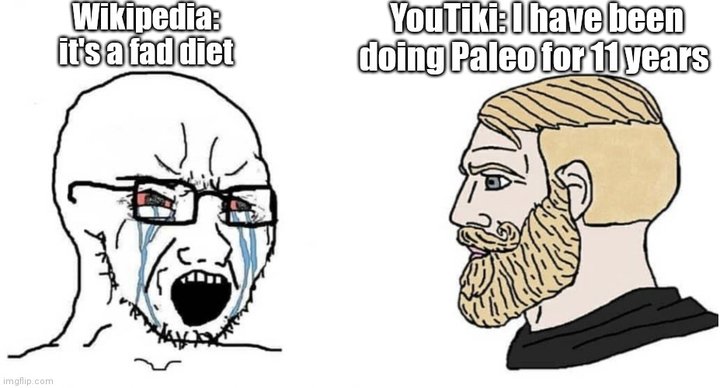
|
||
|
0 replies
2022/09/30
|
|
pasha
|
|||
|---|---|---|---|
|
In regards to trying to fix sleep apnea and other jaw-related issues, there are some alternatives to jaw surgery or supplements to it. Very few of these except apnodent are true “replacements” in that their effects are likely smaller than a full jaw surgery or quasi surgical expanders.
7. Checking your dwelling for mold issues. Mold allergies can be very disruptive to sleep and cause a number of other problems. It's worth having a plan for checking and destroying mold if it arises in one's house.
8. Whole Body Breathing: Whole body breathing (also here) is a new technique that hopes to utilitize breathwork for improved skull growth. |
||
|
0 replies
2022/09/21
|
1 2 3 4 5 6 7
Help

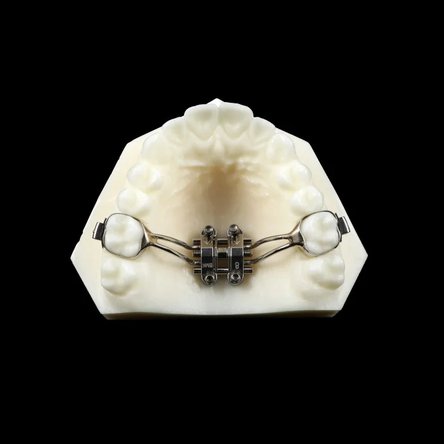
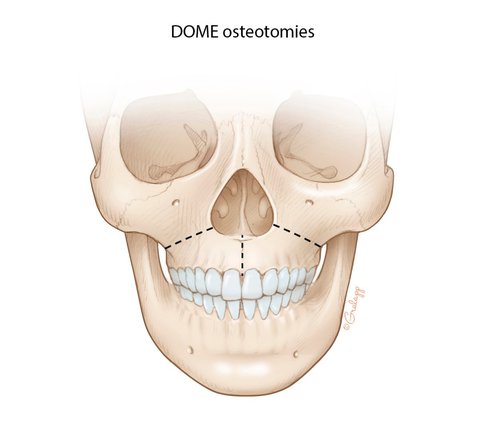

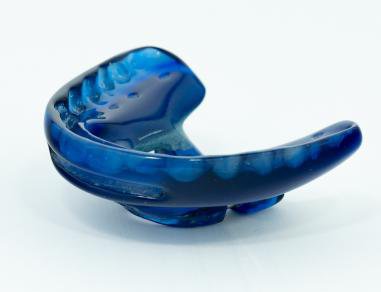
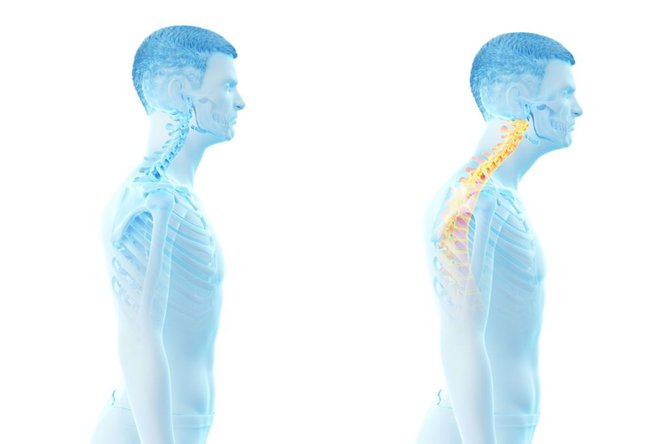
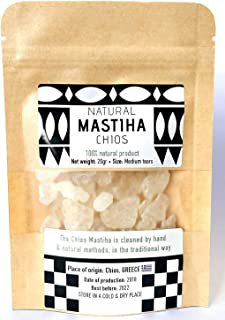
Vision for a better content on the Internet
https://pashanomics.substack.com/p/a-vision-for-better-content-on-the